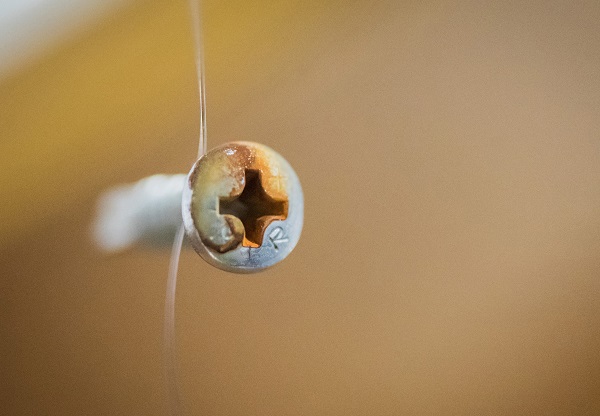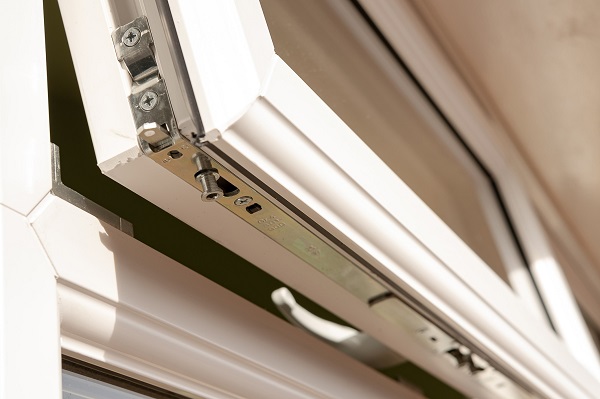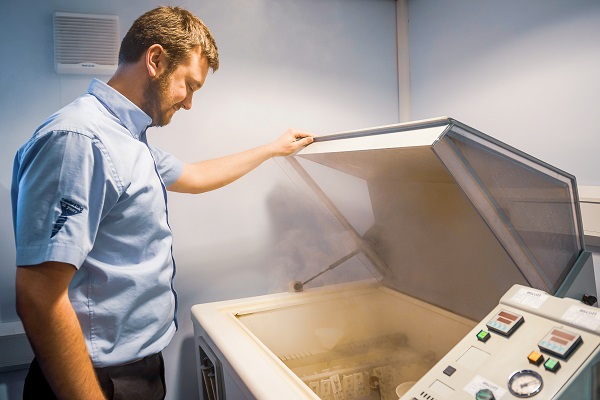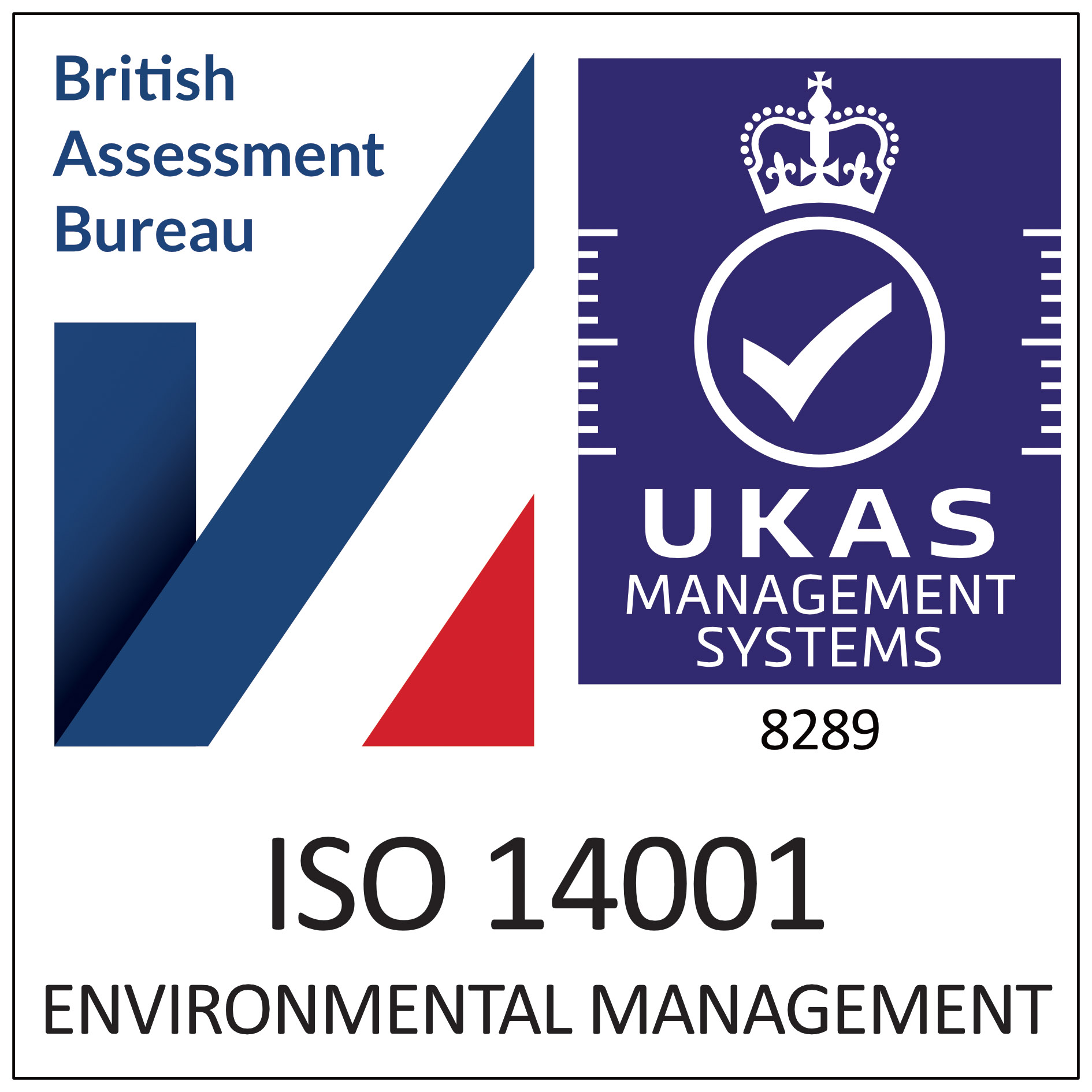The notoriously varied British and Irish weather can be harsh on the materials that are used to build our homes and buildings – and that includes the windows and doors.
Any product exposed to rain, snow and any kind of moisture or humidity can be aggressively attacked, particularly some of the metals commonly used in window and door assembly, which will corrode as a result.
Other metals, however, are more resistant to corrosion, so it is important to make sure the right types of metal are used for the location where the finished products are to be installed.
What is corrosion?
There are several different types of metal corrosion that window and door fabricators and installers need to be aware of. The root cause of most issues, however, is atmospheric corrosion, which most of us will be familiar with through rusting.
Atmospheric corrosion can be described as the process of metals trying to return to their natural state as oxides and oxidation (which occurs in the presence of oxygen and water). In products that are made from iron and steel, we see the evidence of atmospheric corrosion as “rusting” – this is an aggressive phenomenon which, in the case of unprotected components contained within a structure, can exert forces strong enough to cause cracking in certain building materials.
The oxidation of aluminium occurs the moment it is exposed to the atmosphere. This produces a protective layer, which we see as a dull patina and gives it corrosion resistance – although not entirely as you can read in our galvanic corrosion article.

Other metals benefit from a similar process, including stainless steel which develops a chromium based passive protection layer. And zinc, which, when exposed to the atmosphere, develops a zinc carbonate (white rust) layer at a rate of about one tenth that of red rust.
So, corrosion will affect every type of metal – the challenge for using metals in our windows, doors, facades, and every product that spends some of its time exposed to the elements, is how we slow down the process to such an extent that it doesn’t affect performance or product quality.
Coated carbon steel or stainless steel?
You are probably aware that most of the fasteners used in window and door manufacturing are either coated carbon steel or stainless steel. But what are the key differences between the two metals?
Coated carbon steel screws are carbon steel that is zinc electroplated and finished with a clear or yellow passivation layer. This metal performs well generally, with Rapierstar’s coated carbon steel fasteners salt spray tested to show no corrosion for at least 240 hours, in accordance with BS EN 9227: 2012.
This type of fastener is ideal for certain applications, being easily capable of providing the integrity necessary to achieve a window or door service life of at least 10 years. But there are two main reasons why specifiers may seek a higher performing product.
Firstly, the location of the properties. If they are situated in a relatively harsh environment, where the local atmosphere contains the elements that have a more corrosive effect on metal hardware, for example coastal regions or industrial areas, coated carbon steel screws are unlikely to be able to equal the service life of the particular system in which they are integrated. The solution, therefore, is to choose stainless steel fasteners instead:
How do stainless steels work?
Stainless steel is an alloy of iron, chromium and, in some cases, nickel and other metals. It is completely and infinitely recyclable and doesn’t degrade through the recycling process, offering immense longevity - ideal for the era of sustainable construction.
On contact with oxygen, a chromium oxide layer is formed on the surface of the material, a passive layer that protects it and has the unique ability to repair itself. This is why a stainless steel must have a minimum chromium content of 10.5%, and the higher the chromium content the better for corrosion resistance.
Each stainless steel alloy is categorised into a ‘series’ based on relative performance. For the fenestration sector these are principally austenitic (series 300), ferritic (series 400) and martensitic (also series 400). Within each of these bands there are individual grades based on the composition of the alloys.
Two types of stainless for window screws…
Rapierstar provides fasteners in two types of stainless steel – austenitic and martensitic.

Austenitic stainless steel fasteners offer the highest level of resistance to corrosion, but this alloy is relatively soft. This means that a standard austenitic window screw will not self-drill into metal reinforcement successfully – a martensitic screw would, however, drill through with ease because it is a harder alloy.
But this does not mean austenitic stainless steel fasteners cannot be used in reinforced PVC-U windows or doors. You have two options – you can pre-drill into the reinforcement or choose a more costly bi-metallic screw which features a harder, carbon steel drill-point.
Martensitic stainless steel fasteners offer an excellent upgrade for PVC-U window manufacturing if you are currently using coated carbon steel screws. But they may not be right for every application, especially in coastal and industrial areas, so seek guidance if you are thinking about upgrading.
Austenitic stainless steel fasteners would give your windows and doors the most protection from corrosion. And whilst they are also the most expensive option, the cost uplift per box of screws is still relatively small, especially when you consider that fasteners make up only around 0.36% of the overall window cost. It is a tiny premium to pay for long term customer satisfaction and peace of mind.
Changing your default
By choosing stainless steel fasteners for all your windows and doors, you do not need to consider the installation location of the finished windows or doors. That makes ordering, stockholding and fabrication easier as the number of different screws is dramatically reduced and there is less risk of mistakes on busy production lines.
All of these benefits easily outweigh the higher unit cost. And remember, despite being only a tiny part of a complete window or door, the fastener can be the difference between success and failure. One disappointed customer, whose problems stem from a fastener corroding within only a few years of the window being installed, could cause much more long term reputational damage through a poor online review – something that can easily be avoided.
Access technical support from Rapierstar
Rapierstar is the largest specialist supplier of fasteners to the UK and Ireland’s window and door industry, which means we have a wealth of expertise and experience to assist fabricator make the right choices.
If you have any questions about which fasteners to use in any aspect of window or door manufacturing, simply send us a message via our Contact Us page or give us a call.
This email address is being protected from spambots. You need JavaScript enabled to view it. Technical & Marketing Manager at Rapierstar Tweet to @andyhol1







